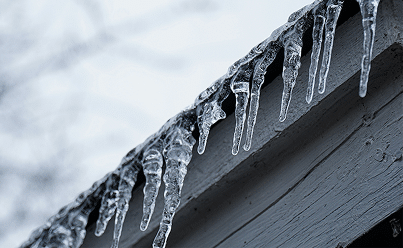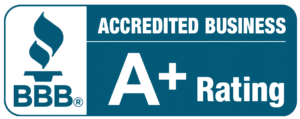Commercial Preventive Maintenance Roofing in Louisville, KY
Extend the life of your roof and prevent costly repairs with Highland Roofing’s preventative maintenance programs.
Protect Your Roof Year‑Round
Your commercial or industrial roof is one of the most important investments in your business. Without regular inspections and maintenance, small issues can quickly turn into expensive emergencies. Highland Roofing’s preventative maintenance services are designed to protect your roof year‑round — helping you reduce repair costs, extend roof lifespan, and stay compliant with warranty requirements.
Program Highlights
Our preventative maintenance programs are built to deliver consistent, long‑term value for your commercial or industrial property:









